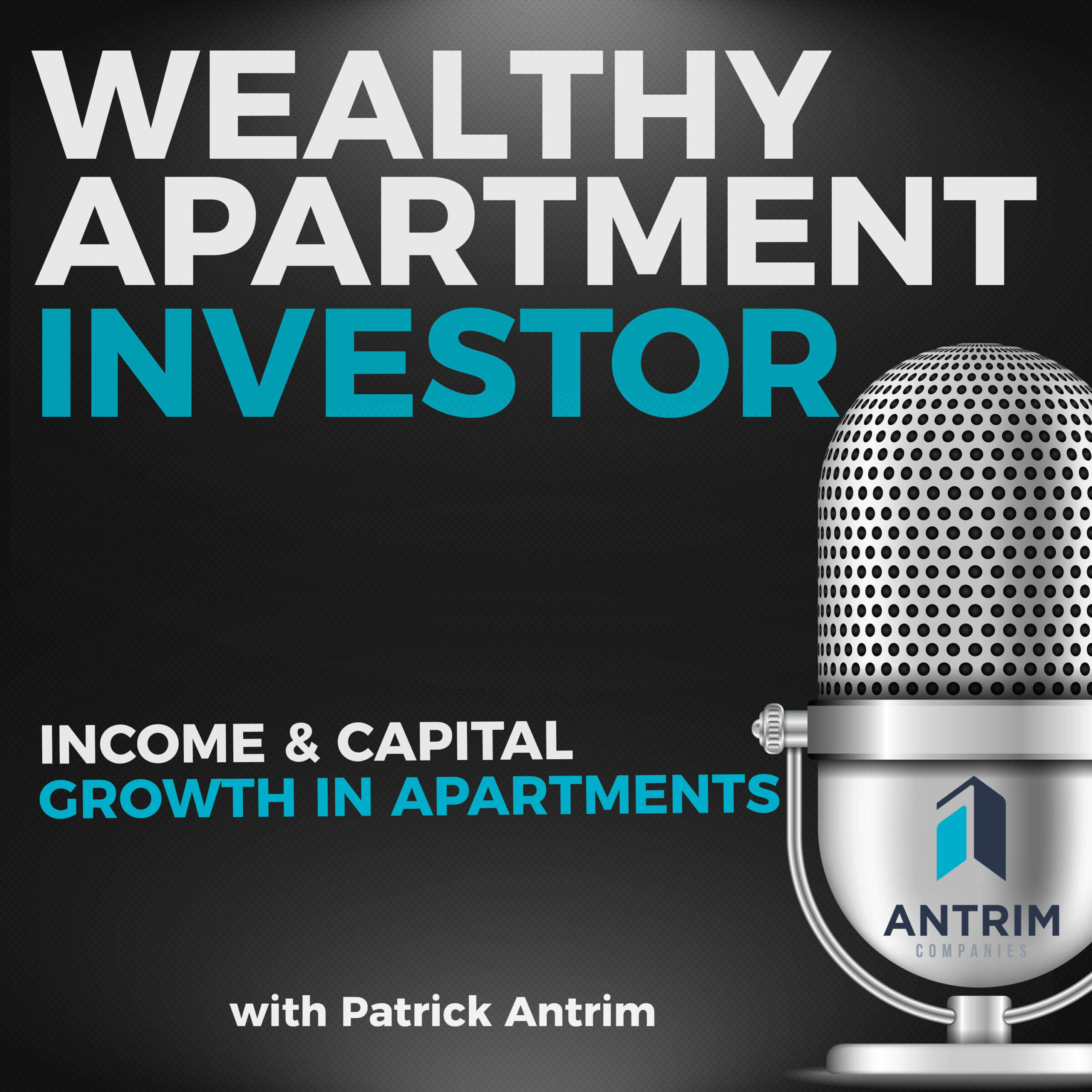Horizontal Apartment Developments

Horizontal Apartment Developments
Steve La Terra – Chief Executive Officer of TerraLane Communities
Steve La Terra started TerraLane Communities in 2019, aiming to build detached one-story one- and two-bedroom apartments. The one-bedrooms are paired within one structure, as are the two-bedroom units. These are not designed for family renters; TerraLane is renting to apartment dwellers that fall primarily into two categories: the Millennial renter, and the moved-out empty nester.
The Learning Process
(2:40) – La Terra came from the analytical side of things.
“What I’ve learned most is that this product that we’ve become a part of and was created by others has generated a spark in the market that no one anticipated – including me,” said La Terra.
He was doing analytics for people involved in this business and saw an opportunity. He jumped on board as a developer and operator.
“In the last two years, what I’ve seen has been remarkable,” said La Terra. “The interest, not just from the investor community, but more specifically from the renter community, has been absolutely surprising to me. Pleasant, of course.”
(3:45) – La Terra calls the people going after his apartments “premium renters.” He explained, they aren’t going after luxury places, but they do have a little more income. All of the units have their own private, fenced yard. They all come with dog doors. It’s meant to feel like a single-family home, but it’s an apartment in reality.
“It looks like single-family and it builds like single-family,” said La Terra. “It’s very efficient to build these units, but they operate and are capitalized like an apartment.”
Another thing that plays into the feel of the community is that they have comparatively very few units within each community. They tend to look at suburban areas. They look for transportation quarters nearby with quick access to highways; a good job market within a ten-minute radius; and proximity to restaurants and bars and the like.
“What we don’t care about is schools,” said La Terra. “And I don’t mean that flippantly – we’d love to be in a great school district, it’s just not one of our primary underwriting concerns. Because again, we have very few children in our communities.”
(7:00) – Finding investors is a chore. These communities take up a lot of space and thus are very expensive, often clocking in around $50 million per deal. That means a lot of that money has to come from partners and equity.
“The way we did it initially is, we had some quasi-institutional partners that were interested in doing this business. But their partners – the true limited partners that have the big checkbooks – didn’t want to do it.”
The institutional markets when they first started up were confused by the projects, so they would over-price the risk of the development.
Because of all that, La Terra brought in someone with a high net worth. Investors like that can go off their gut. He was open to extrapolating. He believed in the project when they first started, invested heavily in the first three communities, and is still a partner now.
(10:23) – It isn’t necessarily too early to tell how things might evolve. TerraLane collecting data every single week to mak
